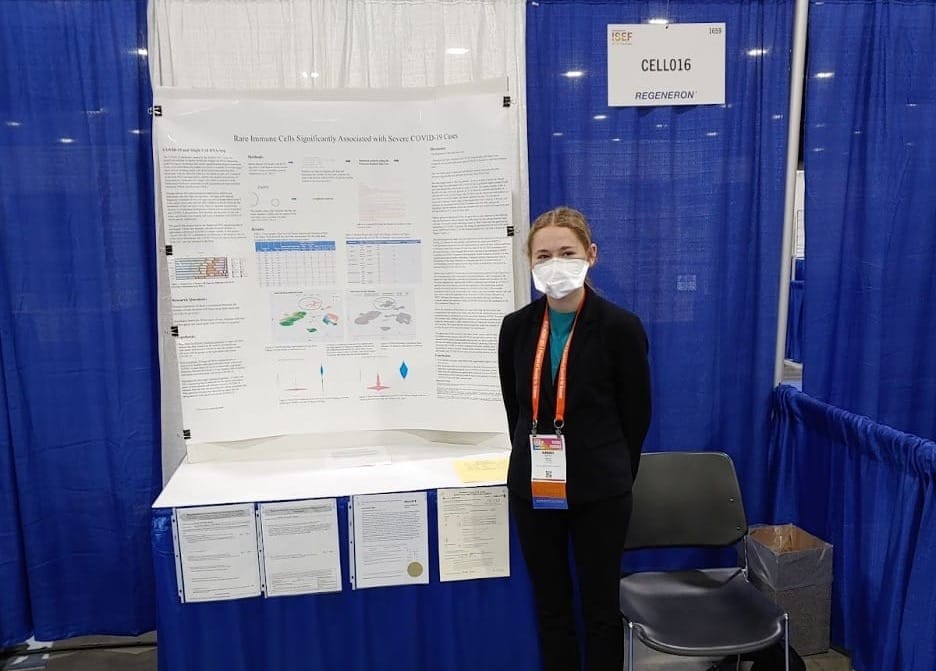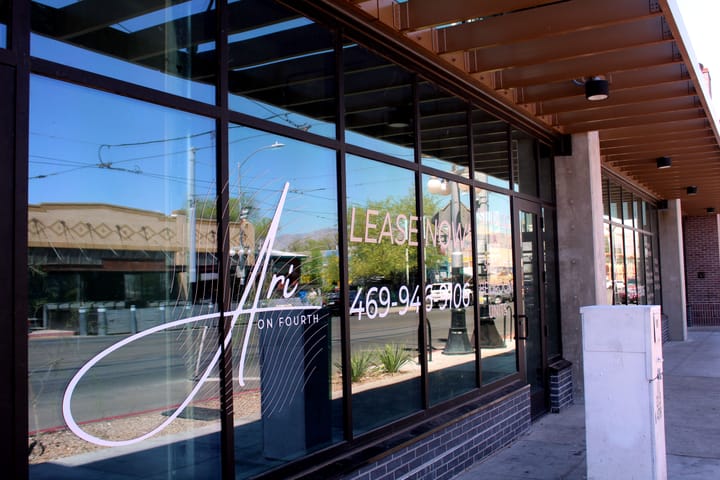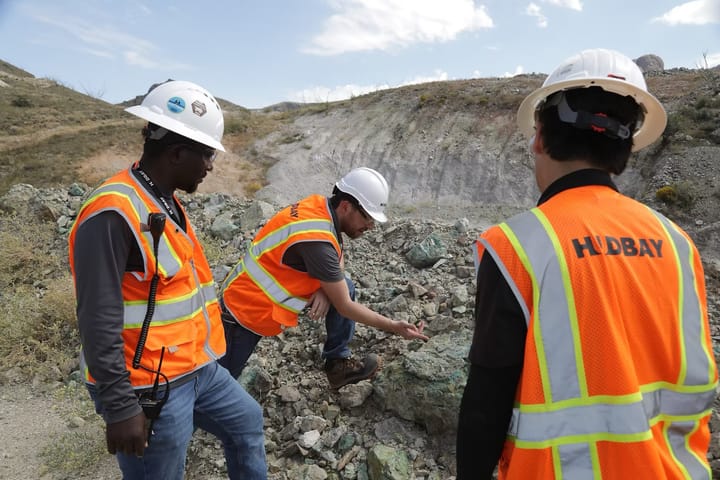SARSEF innovates science education amid COVID-19 challenges
SARSEF continued to transform science education in Southern Arizona throughout the 2020s, adapting to a global pandemic with virtual and hybrid models.

The Southern Arizona Research, Science and Engineering Foundation has undergone significant transformation only five years into the 2020s, adapting to global catastrophe while maintaining students’ access to science education.
Now, at the halfway point of the decade, SARSEF continues to provide thousands of students with opportunities to explore scientific research and compete at the highest levels.
SARSEF entered the decade ready to celebrate the 65th anniversary of its regional science fair at the Tucson Convention Center in March 2020.
But as the COVID-19 pandemic descended on Southern Arizona, organizers made a last-minute pivot, shifting to a virtual format for the award ceremony.
This marked the beginning of a new era in how SARSEF would approach science education and its annual fair..
During the 2020s, finalists have consistently showcased groundbreaking research, with projects ranging from microbiological studies and antibiotic resistance to renewable energy solutions and tissue engineering.
Karah Mayer, who participated in SARSEF from 2014 to 2022 and became a two-time International Science and Engineering Fair finalist, credits the program for sparking her passion for science.
One of SARSEF’s most significant impacts has been its dedication to making science accessible to all students. According to Mayer, the shift to digital presentations in the wake of the pandemic introduced an unexpected benefit.
“There’s more equity in it — putting together a board is tough, especially for younger students without parental or teacher support,” she said. “Technology being so integrated into classrooms now makes it easier for everyone to participate.”

By 2021, the fair remained fully virtual, which had proven to be an innovative and inclusive model.
More than 2,900 students participated, with 204 volunteer judges evaluating projects.
That year, SARSEF awarded $127,534 in scholarships and prizes, ensuring that students were recognized for their efforts despite the shift in format.
The annual “Future Innovators Night” also went virtual, transitioning to an all-day YouTube event, featuring interactive STEM demonstrations.
Finalists tackled research topics that aligned with some of the most urgent scientific and societal challenges of their time. As the world was still in the midst of the COVID-19 pandemic, advancements in medical science and biotechnology were more critical than ever.
Mayer’s investigation into ALS-related RNA solubility paralleled the broader scientific push to understand neurodegenerative diseases, as long-term neurological effects of COVID-19 were emerging as a major concern.
Ethan Lee’s project on fabricating a bioprinted scaffold for tissue engineering reflected the growing interest in regenerative medicine, a field that saw accelerated research due to the pandemic’s emphasis on medical innovation.
Alexander Nelson’s work on mRNA sequence analysis also resonated in a world where mRNA vaccine technology had just been deployed on a global scale, demonstrating the potential for genetic research to revolutionize medicine.
Other finalists focused on issues tied to environmental sustainability and public health. Isabel Ross’s study on the impact of green infrastructure on carbon cycling was especially relevant as governments and scientists worked toward climate action policies, particularly in light of the Biden administration’s renewed focus on combating climate change.
By 2022, SARSEF introduced the hybrid fair model, and the response was overwhelmingly positive. Participation surged to 6,557 students across 1,535 projects, with 261 judges contributing their expertise.
This approach continued in 2023, fostering greater accessibility for students while maintaining in-person interviews for high school competitors. The increased flexibility allowed students from rural and underrepresented communities to engage with SARSEF like never before.
Even now that COVID-related restrictions have ended, the lasting impact of the pandemic continues to shape how SARSEF engages its participants. The shift to virtual and hybrid formats not only kept the science fair accessible during challenging times but also propelled SARSEF into a new era, where students' work reached a global audience online.
The hybrid approach continues, ensuring a broader reach while preparing finalists for competition at ISEF. This innovative model continues to redefine how science fairs connect students with opportunities on the global stage.
SARSEF has also expanded outreach efforts to rural schools and underserved communities. The development of the STAR Lab, a program connecting high school students with research mentors, has enabled more students to conduct college-level research and explore STEM careers.
“Not every school has time to focus on science education, so having an organization that ensures students across southern Arizona can access science opportunities is amazing,” Mayer said. “It will really positively benefit the future of Arizona.”
As SARSEF moves forward, its impact on the community and individual students remains profound. Many former participants, including Mayer, have stayed involved as judges, mentors, and volunteers. Mayer has served as a judge since graduating from high school, and now evaluates the elementary school projects while pursuing her biology degree at Arizona State University.
Mayer also pointed to the crucial skills she developed through SARSEF, including public speaking, research methodology, and adaptability.
“Being able to explain your project in a way that adjusts to different audiences is a skill I still use today,” she said. “But I think one of the biggest lessons SARSEF taught me is being comfortable with what you don’t know. In science, things go wrong all the time, and that’s okay.”
Looking ahead, SARSEF shows no signs of slowing down. With a continued commitment to innovation, inclusivity, and scientific excellence, the organization is poised to inspire future generations of researchers.
“They’re always developing new programs and innovative ways to teach science,” Mayer said. “Hopefully, SARSEF will be around for many more years to come.”
Angelina Maynes is a University of Arizona alum and reporter with Tucson Spotlight. Contact her at angelinamaynes@arizona.edu.
Tucson Spotlight is a community-based newsroom that provides paid opportunities for students and rising journalists in Southern Arizona. Please support our work with a paid subscription.




